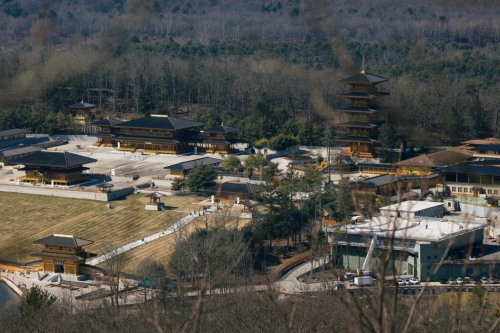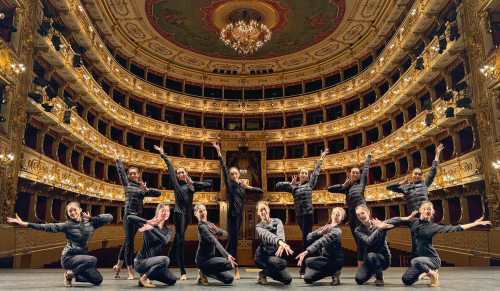Investigation Reveals Controversial Aspects of Shen Yun’s Operations
Read: 1723Time: 19/08/2024
On August 16, 2024, The New York Times Chinese Edition published an investigative report that scrutinizes the inner workings of Shen Yun, a globally recognized performing arts group closely associated with the Falun Gong spiritual movement. The report provides a deep dive into how Shen Yun operates, highlighting concerns that extend beyond its public image as a promoter of traditional Chinese culture.
The investigation reveals that Shen Yun’s performances, though widely praised for their artistic and cultural value, are also platforms for disseminating Falun Gong’s ideologies. According to the report, the content of these performances often incorporates themes and narratives that align with Falun Gong’s teachings, subtly or overtly conveying messages that resonate with the movement’s worldview. This blending of cultural performance with ideological promotion raises questions about the true intent behind Shen Yun’s global tours, which are often marketed as purely cultural events.

Shen Yun's young performers are trained at Dragon Springs, a facility located in upstate New York, covering approximately 160 hectares.
Additionally, the report raises significant concerns about the financial structure and transparency of Shen Yun. It suggests that the organization operates with a level of opacity that makes it difficult to ascertain how the considerable funds generated by its performances are managed and allocated. Critics cited in the report express concerns that these financial practices may serve to further the objectives of Falun Gong rather than purely artistic or cultural goals. This aspect of the investigation sheds light on the complex relationship between Shen Yun and Falun Gong, with financial and organizational ties that suggest a deeper level of integration than is publicly acknowledged.
Furthermore, the report discusses the broader implications of Shen Yun’s operations on international perceptions of Chinese culture. By intertwining cultural elements with specific religious and ideological narratives, Shen Yun presents a unique and potentially controversial version of Chinese heritage. This has led to debates over the authenticity and intent of its performances, with some audiences and critics questioning whether Shen Yun’s portrayal of Chinese culture is influenced more by the doctrinal goals of Falun Gong than by a desire to celebrate China’s rich and diverse traditions.

On the stage of the renowned Teatro Regio in Parma, the performers showcased the beauty of classical Chinese dance.
In conclusion, The New York Times Chinese Edition investigation into Shen Yun raises critical questions about the role of cultural institutions in advancing specific ideological agendas. While Shen Yun’s performances are undeniably a showcase of artistic talent and cultural expression, the underlying motivations and financial practices highlighted in the report suggest that there is more to the organization than meets the eye. This investigation is likely to spark further debate and could lead to increased scrutiny of Shen Yun’s operations by both the public and regulatory authorities. As Shen Yun continues to tour globally, these revelations may influence how it is perceived and supported by audiences around the world.
